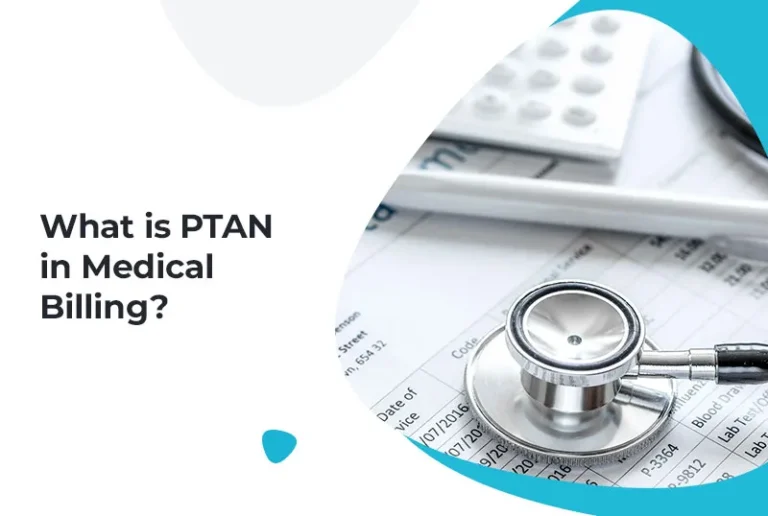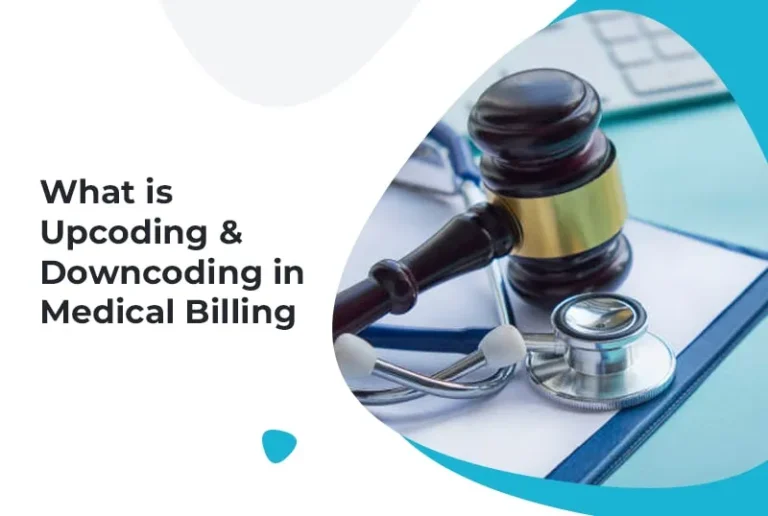Medical billing is a time-consuming process for every professional, and unfortunately, it is necessary for the financial health of any medical expert. From patient registration to claim submission and payment collection, it includes a number of steps and requires an understanding of medical codes, insurance regulations, and patient financial responsibilities.
This blog will simplify the medical billing process by explaining each stage, challenges, and best practices for good revenue cycle management.
How to Process the Medical Billing System in the Right Way
1. Enter the Patient Detail
When a new patient calls you for the first time, the front office staff will ask all the basic details about the patient and you have to give them with honesty. If you already have the patient details, then there is no need to collect data again. Just see the prior detail, and if you require updates then ask the question.
- Collect personal information: name, address, date of birth, and contact information (If a patient is new to you).
- Verify insurance data: policy & group number and insurance provider.
- Ensure all information is accurate to avoid claim rejections later.
2. Check the Insurance
Before providing services, it is essential to verify the patient’s insurance coverage. So, after getting the patient insurance data, call the company to make sure the information is correct, their coverage is still good, and what benefit they get.
- Determine patient responsibility, such as co-pays and deductibles.
- Obtain necessary pre-authorizations for specific procedures.
3. Making of Superbills
A superbill is a useful document that lists the services provided to a patient along with the diagnosis and procedure codes.
- Include all services offered and their matching ICD-10 and CPT codes.
- Ensure the superbill is accurate and necessary.
- Use the superbill to create an insurance claim.
4. Generation and Filling of Claims
The next step is generating and submitting claims to the insurance firm, and it prepares from superbills. All the claims are submitted electronically or on paper, which is a preferred method. You need to ensure that generated claims meet payer and HIPAA standards, which include coding and format standards for medical claims.
5. Monitor Claim Adjudication
Claim adjudication is the process where the insurance company reviews the submitted claims and determines the payment amount. This step could accept or reject the claim and here you can also check the status easily. The insurer will pay the provider as agreed after the approval of the claim.
- Respond promptly to any requests for additional information.
- Monitor adjudication outcomes and follow up on unpaid or underpaid claims.
6. Making of Patient Statements & Follow Up with the Payment
Once the insurance company processes the claim, the remaining balance towards the company is billed to the patient. This includes creating statements that show the services offered, what the insurance covered, and the remaining balance.
- Create clear and detailed billing statements for patients.
- Include explanations of benefits (EOB) and any patient responsibilities.
- Offer multiple payment options to facilitate prompt payment.
- Follow up on overdue payments with patients and insurance companies.
- Use automated reminders and follow-up systems to manage payments efficiently.
Conclusion
Medical billing services is a part of every medical administration or department that makes sure providers get paid fairly for their services. If you follow the right path, from patient details to following up on payments, medical billers improve their revenue cycle management and reduce errors.
You need to know that accurate data entry, thorough insurance checks, coding, and effective follow-up are good for successful billing. If you follow all the steps, you can lead a more efficient billing system and better financial health for healthcare providers.







